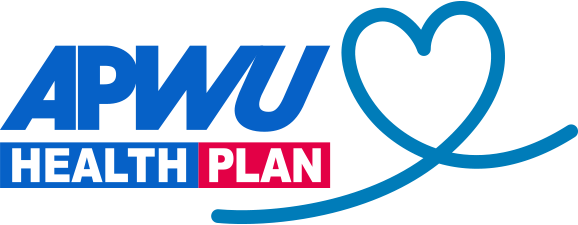A stroke occurs when the blood supply to part of the brain is cut off, preventing the tissue from getting the oxygen it needs. Without oxygen, brain cells begin to die within minutes. Making healthy lifestyle changes and working with your doctor to control your risk factors can greatly reduce your chances of having a stroke.
What causes a stroke?
Strokes have two different causes:
1. A clot blocks the flow of blood to the brain
2. A blood vessel bursts and prevents blood flow to the brain
During a stroke, every minute counts. Fast treatment can reduce the brain damage a stroke may cause.
What are the warning signs and symptoms of a stroke?
Anyone can have a stroke—at any age, and at any time. By knowing the warning signs of a stroke, you can take quick action and maybe even save someone’s life.
If you think someone may be having a stroke, act F.A.S.T.:
F = Face drooping: Ask the person to smile. Does one side of the face droop?
A = Arm weakness: Ask the person to raise both arms. Does one arm drift downward?
S = Speech difficulty: Ask the person to repeat a simple phrase. Is the speech slurred or strange?
T = Time to call 911: If you see any of these signs, call 911 right away.
Experiencing other sudden symptoms may be a sign of a stroke:
- Numbness or weakness of the face, arm, or leg, especially on one side of the body
- Confusion, trouble speaking, or understanding speech
- Trouble seeing in one or both eyes
- Trouble walking, dizziness, loss of balance, or coordination
- Severe headache with no known cause
If the symptoms go away after a few minutes, it may be a sign of a transient ischemic attack (TIA), a serious medical condition, and you should seek medical care immediately. A TIA, sometimes called a mini stroke, is caused by a temporary blood clot.
5 steps to help prevent a stroke
Making healthy lifestyle changes and working with your doctor to control your risk factors can reduce your chances of having a stroke.
-
Control your blood pressure
High blood pressure, also called hypertension, is a leading cause of strokes. Know your numbers, and ask your doctor about natural ways to lower your blood pressure.
- Limit the salt (or sodium) in your diet to no more than 1,500 milligrams a day (about a half teaspoon).
- Eat foods that are low in saturated fats, trans fat, and cholesterol.
- If possible, try to maintain a blood pressure of less than 120/80.
-
Eat a healthy diet
Making smart food choices can help you get to and maintain a healthy weight and decrease your risk of stroke.
- Follow a Mediterranean diet, such as the Dietary Approaches to Stop Hypertension (DASH) eating plan, that emphasizes fruits, vegetables, low-fat dairy, whole grains, fish, and nuts, while cutting back on foods high in saturated fats, cholesterol, and trans fats.
- Stock up on foods that lower blood pressure.
-
Move more with physical activity
In addition to helping you maintain a healthy weight, physical activity can help lower your cholesterol and blood pressure—all factors that can reduce your risk of stroke.
- Adults should get 30 minutes of moderate-intensity aerobic physical activity each day. Find out why walking is a great way to exercise.
- If you’re too busy to exercise for 30 minutes a day, break it up into two to 15-minute sessions or three 10-minute sessions. Remember, every step counts.
- Discover ways to sneak physical activity into your day.
-
Quit smoking
Smoking cigarettes causes lung cancer and also damages the brain and blood vessels, which increases your chances of having a stroke.
- Ask your doctor to suggest ways to help you quit tobacco.
- Discover five tips to help you resist tobacco cravings.
- Enroll in the Quit for Life® tobacco cessation program for APWU Health Plan members
-
Avoid drinking too much alcohol
Drinking too much alcohol can raise your blood pressure and increase your risk of having a stroke.
- Men should have no more than two drinks per day, and women should have only one.
- Watch your portion sizes. A standard-sized drink is five ounces of wine, 12 ounces of beer, or 1.5 ounces of spirits.
Develop healthy habits when you’re young
Anyone can have a stroke, even when you’re young. The same factors that can cause strokes in older adults—high blood pressure, high cholesterol, obesity, and diabetes—can cause strokes in younger people. It’s never too early to take steps to reduce your risk factors for stroke.



